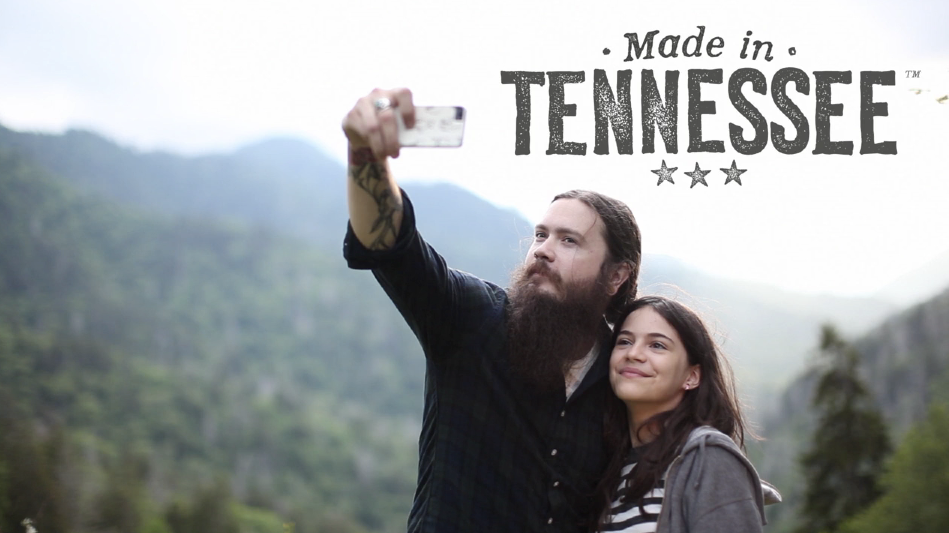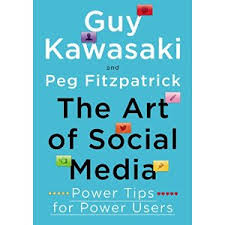I recently met with a very high-quality professional services group in London. This was a company who has been in their business for many, many years. Their reputation is stellar. They are considered the gold standard for the kind of work they do. But their experience in, and knowledge of, the latest digital marketing techniques are behind the times. They lean very heavily on their roster of prior clients, current clients, and the aerobic networking skills of their senior team of partners.
Now they see more digitally savvy, agile upstarts treading on their turf. What to do?
I gave the management team some signposts to inform them how things are changing in the world of B2B marketing. It’s a topic I have spoken on a number of time to groups large and small in London.
For digital marketing experts, the advice below will seem basic and obvious. But we must realise that not everyone has the knowledge, budget, know-how, and experience accessible in today’s big brand marketing teams and agencies. Where is the pragmatic advice for the quick wins to move marketing forward?
I suggested, with detailed examples, about three ‘pillars’ could dictate a strategy, and encouraged the team to think about how future clients will do much of their due-diligence before they pick up the phone and set up a meeting. Giving them the tools to do that due diligence is critical.
- Be the authority in your industry
- Build customer-centered, inbound content that reflects your knowledge, insights and experience. Don’t be concerned about giving it away for free. The halo effect of papers, surveys, insights, interviews, eBooks, articles and talks on stage will all reflect positively to show there is simply no one in the industry who can match your experience. It will reinforce the comfort future clients need that they’re safe in your hands.
- Build connected communities
- Build and nurture engaged communities online and in real life.
- Educate, inform, inspire
- Invest in content and shared experiences that inform, educate, inspire — videos, courses, training, workshops, classes. Educated consumers are valuable consumers.
A case study : marketing at Greylock Partners
Examples I turned to in helping this company were not in their own industry, but rather in the VC business. Today’s VCs have become an interesting group to observe from a marketing standpoint. VCs compete with one another for the most interesting deals, so must differentiate themselves.
Greylock is a leading venture capital firm based in Silicon Valley.
Greylock Communities. A real world, invitation-only community of experts in big data, consumer products, enterprise product, growth, data science, design, infrastructure engineering, and security, designed to foster long term relationships. Greylock Communities was formed in 2015, responding to the need that the Greylock partners saw that people needed to connect in the ‘real’ world, not just online, for exchanges of ideas and mentoring. Greylock sought to differentiate their communities from other VC networking events by keeping each group small — around 40 people — and strictly invitation only. Communities get together at Greylock’s expense once a quarter to talk through problems and help one another.
Community events are sometimes followed up with blog reports of what was learned, and results of surveys conducted.
Greylock Perspectives. Greylock Perspectives are blog posts written by Greylock Partners. They provide insights into how Partners think and what they know. Startups looking for advice and guidance want to know that the Partners know their stuff and can guide their growth.







